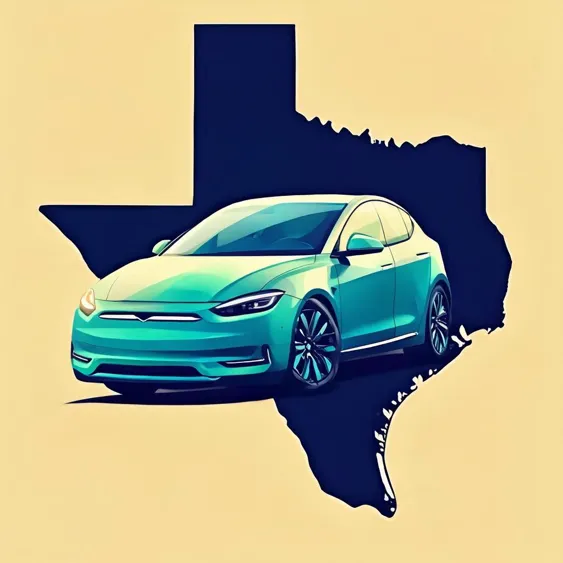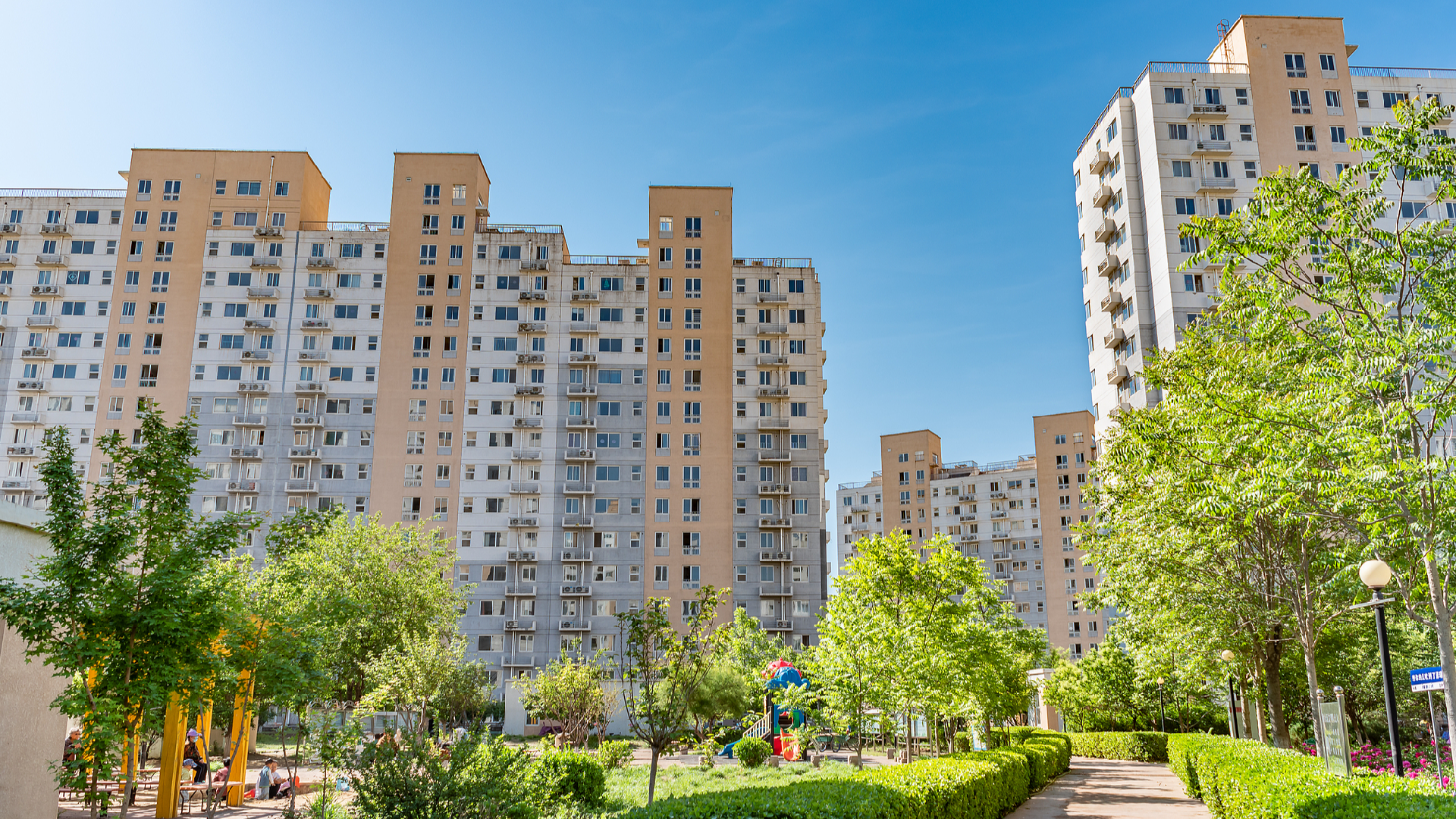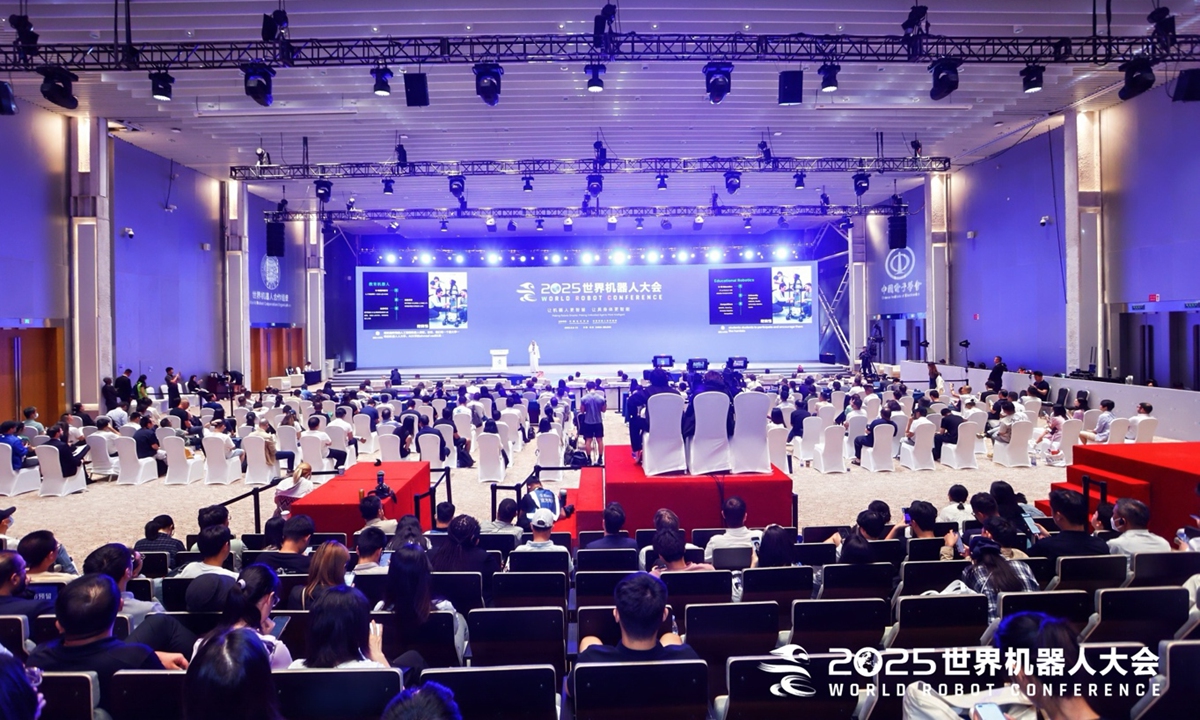Tesla Robotaxi gets permit for Texas ride-hailing service

In a significant step for the autonomous vehicle industry, Tesla has been granted a permit to operate a ride-hailing service in Texas, marking its formal entry into a sector currently dominated by established players such as Uber and Lyft. This development is emblematic of the broader technological evolution in transportation, particularly as the integration of artificial intelligence and robotics transforms everyday mobility. As more companies explore this space, the implications for regulatory frameworks and consumer behavior are bound to shape the landscape of ride-hailing and autonomous transportation over the coming years.
Tesla Robotaxi LLC's new permit, which allows the company to operate as a "transportation network company" without necessarily having a human safety driver on board, signals a crucial shift in regulatory attitudes towards autonomous driving capabilities. The permission reflects Texas's relatively lenient perspective towards autonomous testing, contrasting sharply with regulatory environments in other states such as California, where scrutiny remains high. This regulatory diversity across states introduces a battleground for companies to innovate and grow, but also poses risks if safety and compliance do not keep pace with rapid technological change. With Tesla aiming to serve half the U.S. population by 2025, investors must consider not only the market potential but also the regulatory hurdles that could emerge as autonomous vehicle operations expand.
The move is not without its challenges. While Tesla's ambition to deploy a fully autonomous fleet is robust, historical precedent warns against over-reliance on promised timelines. Recall the dot-com bubble, where inflated expectations led to significant stock market volatility and investor losses. Additionally, the 2008 financial crisis serves as a reminder of the peril in underestimating regulatory backlash, as is evident from recent scrutiny over Tesla's Autopilot system. Issues like autonomous vehicles violating traffic laws, and a federal investigation into a collision involving Autopilot, could induce a more stringent regulatory framework. For investors, the question arises: can Tesla navigate these complexities, or will it falter under the weight of its ambitious goals?
As Tesla embarks on this new chapter, the potential rewards are significant, but so are the risks. For consumers, a successful rollout of a reliable robotaxi service could mean lower transportation costs, increased accessibility, and the convenience of on-demand rides. For investors, the autonomous ride-hailing market presents a lucrative opportunity in an industry projected to grow substantially as society increasingly trends towards automation. However, stakeholders must also be wary of unintended consequences—from potential job losses in the driving profession to safety concerns arising from technology that still has room for improvement. In summary, while Tesla's permit in Texas is a promising step, the road ahead will test the company’s commitment to delivering on its groundbreaking aspirations amid the many challenges it faces.
Read These Next

Beijing Eases Homebuying Rules to Revitalize Property Market
Beijing eases homebuying rules from Aug 9, allowing residents and non-residents with 2 years of insurance to buy homes unrestricted.

Robotics Overseas Cooperation Network Launches in Beijing
The 2025 World Robot Conference in Beijing launched the "Robotics Go Global Cooperation Network" to enhance collaboration in robotics.

China's Strategy Boosts Advantage in Humanoid Robotics Development
At the 2025 World Robot Conference in Beijing, Jeff Burnstein noted China's lead in humanoid robotics and called for US-China collaboration.
